Truly Sublime
At Mopar® Heaven 2025, where the wraps are 3 steps beyond mental and the engines are just as crazy, this Charger caught my eye as soon as I stepped into the show. Painted in iconic Sublime green, Neal Reed’s 1968 Charger isn’t just another restoration project – it’s a testament to what happens when childhood dreams meet adult resources and an unwavering commitment to doing things right.
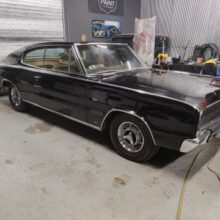
Reed’s story begins not with this particular Charger, but with another one that shaped his automotive DNA decades earlier. When Neal was just seven years old, his father brought home a brand-new 1966 Dodge Charger – jet black with a gold interior and powered by a 383 four-barrel. It was the first new car his father had ever purchased, and it became the family’s prized possession.
“When I was 12, he taught me to drive that car,” Reed recalls, his eyes lighting up at the memory. “He told me then that when I got old enough, he was going to give it to me. Of course, I thought no way was that going to happen.”
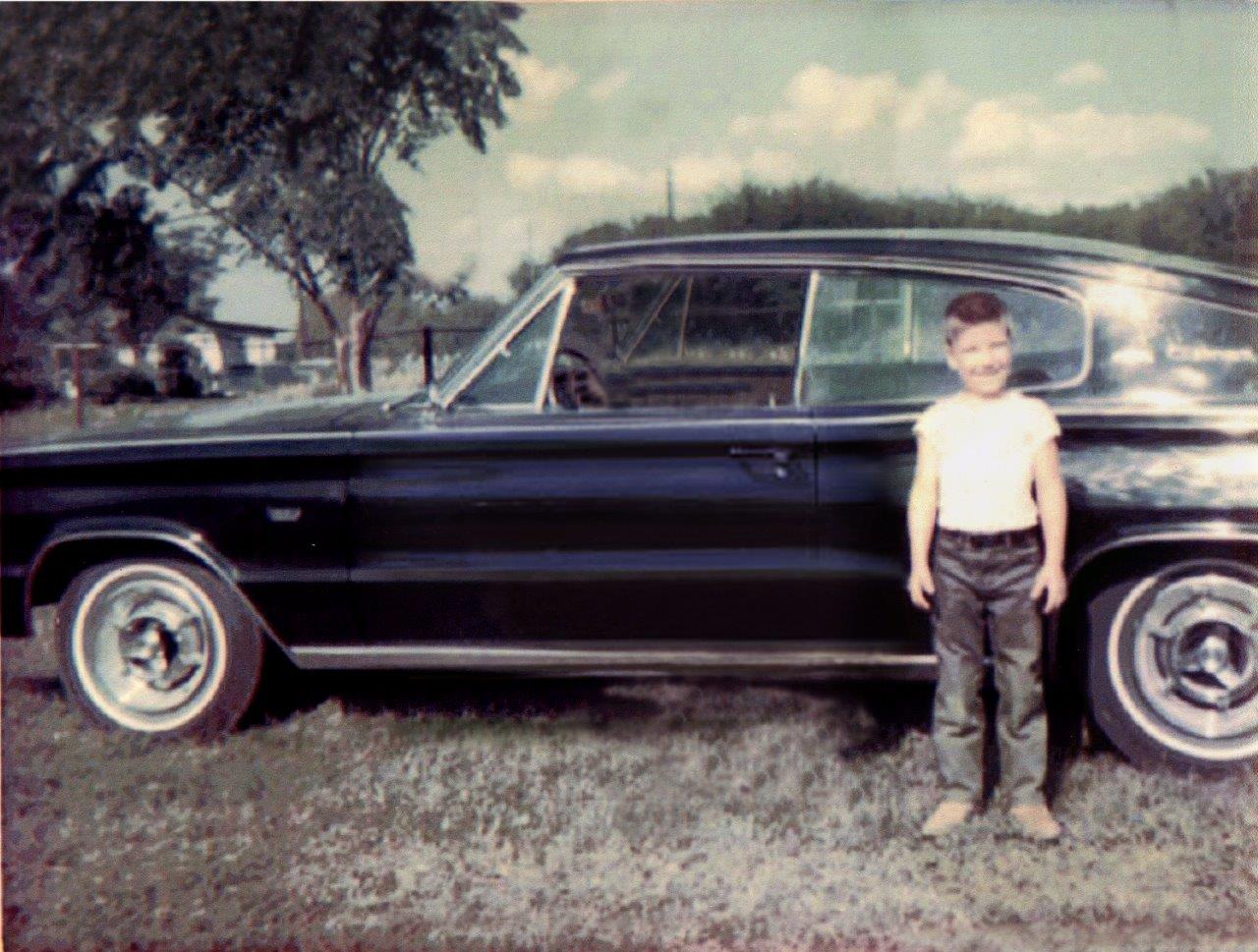
But Reed’s father was a man of his word. The black Charger lived a pampered life in the family garage, emerging only once a month for carefully planned drives. It served as the family car for five years before being retired to preservation status. True to his promise, in 2007, Reed’s father delivered the keys with only one stipulation: “Don’t alter it.”
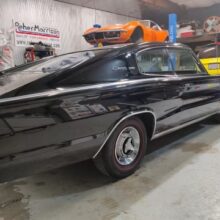
That singular request would prove to be the catalyst for Reed’s current build. Respecting his father’s wishes to keep the ’66 original, Reed set out to find another Charger – one he could modify to his heart’s content.
Reed’s search led him to Colorado, where he discovered a 1968 Charger that was little more than a rolling shell. “There was no drivetrain, no interior, nothing,” he explains. “I flew up there, looked at it and had it shipped down to the house.” What followed was a three-year odyssey that would transform an empty body into one of the most impressive street machines prowling Texas roads.
The build started with ambitious but reasonable goals. Reed initially targeted around 750 horsepower – plenty of power for weekend cruising and the occasional stoplight drag race. He had his heart set on a 426 for the build. But as any enthusiast knows, build plans have a way of evolving, especially when availability becomes an issue.
After a year of waiting for his intended 426 HEMI® engine, Reed’s patience ran thin. “I told them, ‘Look, I’ve got to have something. I’m holding up the build waiting on an engine,” he remembers. The shop’s response would change everything: “We’ve got a 526 HEMI with an 8-71 blower sitting on the shelf, ready to go.”
As Reed puts it with a grin, “If 426 cubic inches is good, 526 has to be more gooder.” I can’t argue with him. 100 more gooder it is!
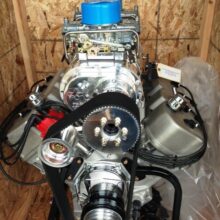
The aluminum-block 526 HEMI engine, force-fed by a roots-style supercharger, transformed Reed’s modest street car project into something approaching street-legal insanity. Dyno testing revealed the full scope of what they’d created: 950 horsepower and 880 pound-feet of torque at the crank.
With great power comes great responsibility – and in this case, great difficulty putting that power to the ground. Despite rolling on massive 15-inch-wide rear wheels wrapped in 18-inch Mickey Thompson rubber, the Charger’s prodigious power output overwhelms traction with almost comedic ease.
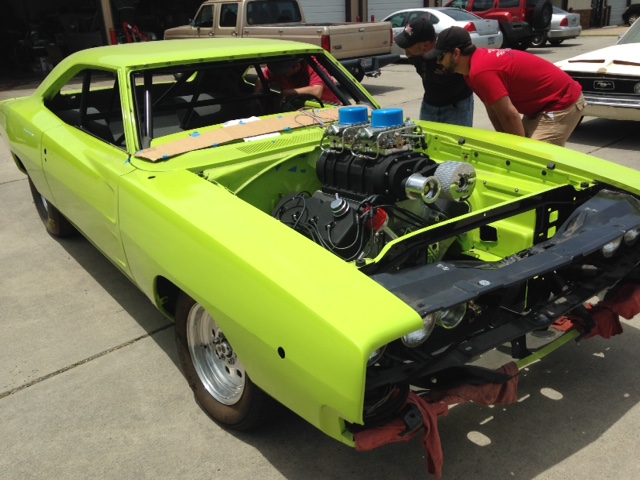
“Even at 70 miles an hour, I can floor it and it’ll smoke them,” Reed explains matter-of-factly. The car’s inability to hook up became both its party trick and its limitation, creating a machine that’s more about the experience than the quarter-mile times.
Reed’s approach to the build demonstrates a careful balance between maintaining the car’s vintage character and incorporating modern performance technology. The original multi-carburetor setup gave way to electronic fuel injection after years of frustration with constant tuning. “I was getting tired of tuning it every month, trying to get them back into adjustment,” he explains.
The EFI conversion coincided with a comprehensive interior upgrade featuring a Holley digital dash system, custom-modified Sparco bucket seats (shortened to accommodate Reed’s stature) and a full leather interior by Brent Davison’s Sculpt Garage in San Marcos, Texas. The cabin now features accent lighting throughout the dash and console, power windows, power door locks and a 10-point roll cage that ties everything together nicely.
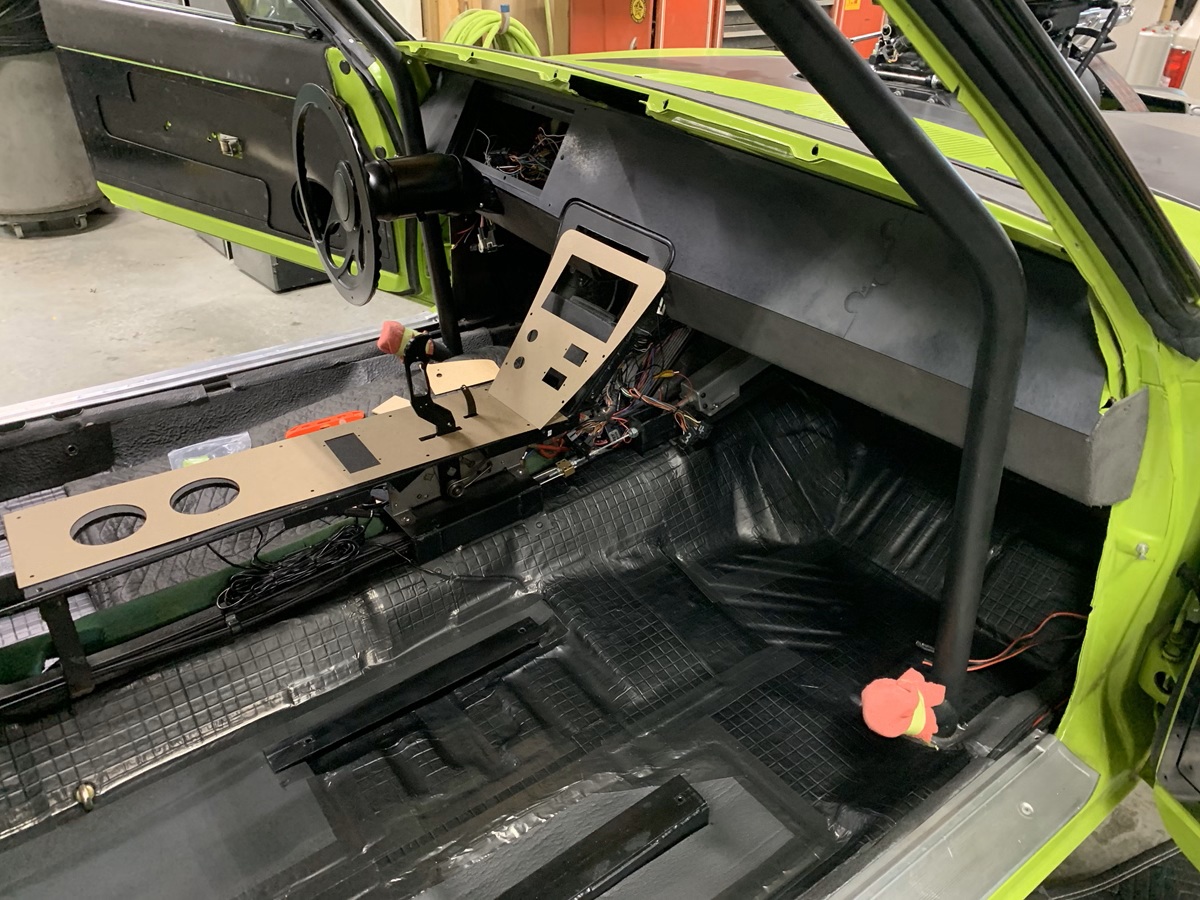
Underneath, the Charger rides on an Art Morrison rear suspension with tubs to accommodate those massive rear tires. The front end features an aftermarket K-member, coilovers and rack-and-pinion steering for improved handling dynamics. Wilwood brakes with six-piston front calipers and four-piston rears, assisted by hydroboost (necessary given the lack of engine vacuum) provide the stopping power needed to rein in all that horsepower.
Like many high-performance builds, Reed’s Charger wasn’t without its challenges. Perhaps the most devastating came just a year after completion when a lifter failure during routine highway driving necessitated a complete engine teardown. The culprit: what Reed suspected were inferior lifters that had come apart internally.
“I was so disappointed and so nauseated about it. I had already put all that time and money into it,” he admits. “Finally, I said, ‘Look, either I’m going to fix it, or I’m just going to sell it as is.'” Thankfully for the Mopar community, Reed chose to fix it.
Today, Reed’s Charger has evolved from slightly frustrating into a reliable weekend warrior. “I can pretty much get in it and go, and I haven’t touched it. The car has made appearances at Good Guys events, cruised the coast in Mississippi and provided its share of memorable moments. Reed’s favorite memory involves a track session at Texas Motor Speedway, where he did what he knows he is not supposed to do and saw a relatively large number on the speedometer. I shall keep this number under wraps to protect his future parade laps.
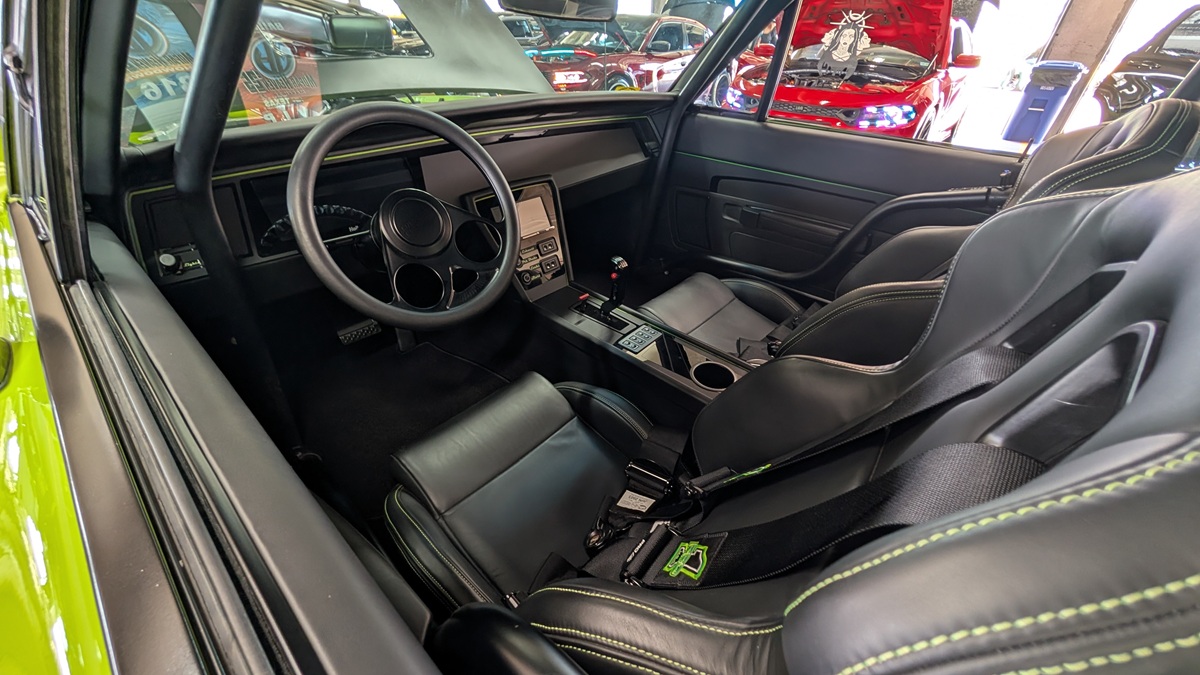
While it’s never seen a drag strip, the Charger serves its intended purpose perfectly: generating smiles per gallon. “I do beat on it a little bit,” Reed admits with the grin of someone who knows exactly what he’s built and isn’t afraid to use it.
Neal Reed’s Sublime Charger represents the best of both worlds – respect for Mopar heritage combined with no-compromise modern performance. It’s a machine that honors his father’s original gift while creating its own legacy, one supercharged mile at a time.
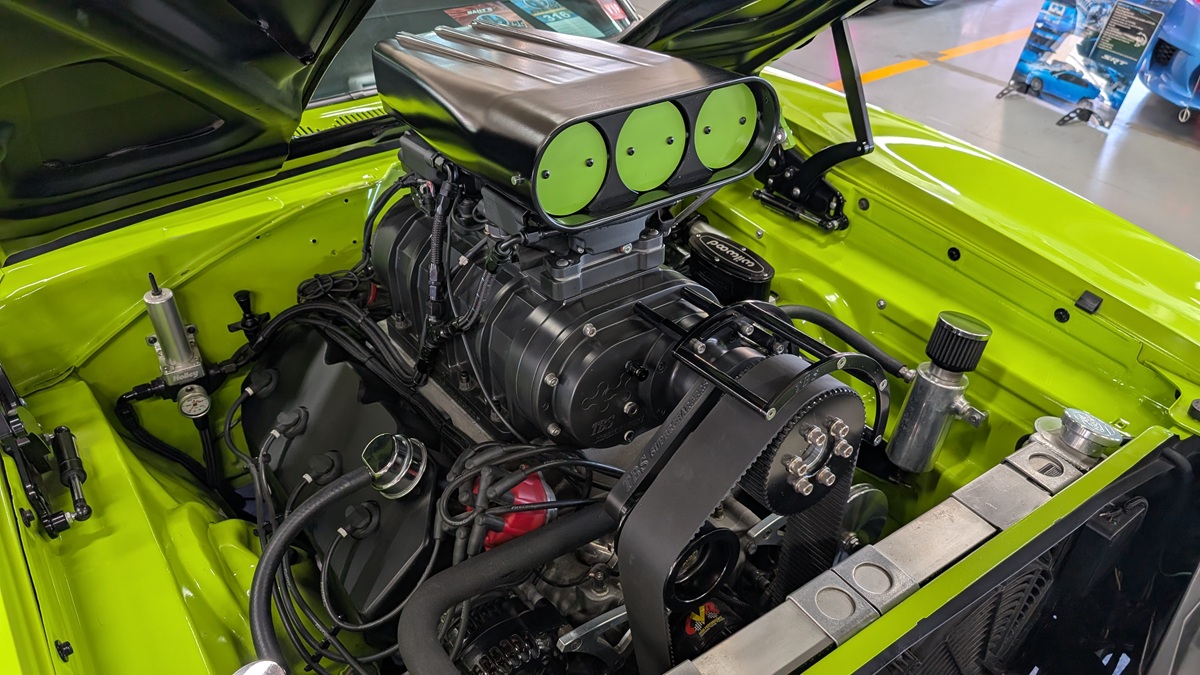
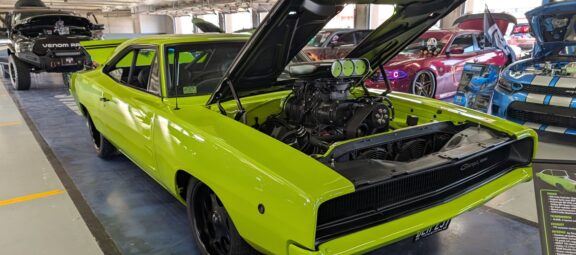
0 Comments